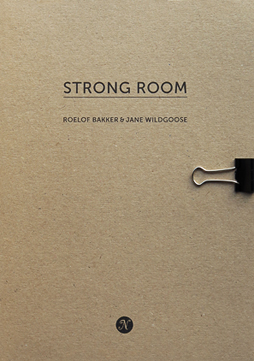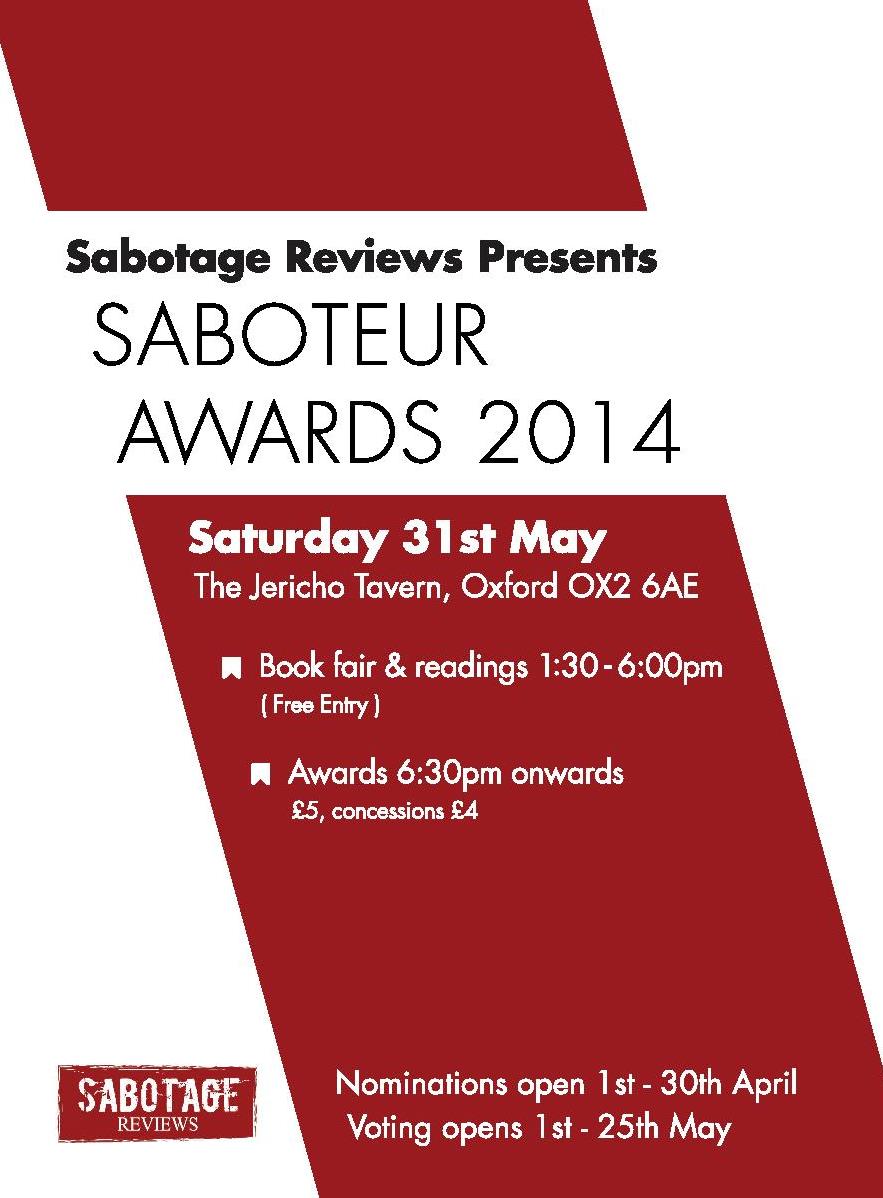Still Anthology
-Reviewed by Adrian Slatcher–
For my English O Level, one of the creative writing options was to write a story based on a picture that had been supplied. Though I didn’t know it at the time, I chose Vincent Van Gogh’s Bedroom in Arles. A picture doesn’t necessarily just say a thousand words, but can also inspire them.
That is the principle, at least, behind Still, the beautifully-produced debut publication from Negative Press. The photographer Roelof Baker had exhibited a series of photographs of the ‘vacated interior spaces at Hornsey Town Hall’ and the book sees the writer Andrew Blackman, who had blogged about the exhibition, inviting a wide range of short story writers to choose a photograph from the series and write a story about it. Unsurprisingly, writers of the calibre of Richard Beard, David Rose and Evie Wyld leapt at the chance.
Contemporary photography has had an abiding fascination with abandoned spaces almost as a counterpoint to the developer-led regeneration of our inner cities. The abandoned building offers an adult artist the chance to delve down a rabbit hole of the imagination and see what he can find there. The civic building is particularly interesting to photographers, as denuded of their purpose, what is actually left? Roelof’s photographs are aware of the contradictions of the project and themselves suggest stories. We tend to think of the past in black and white, but Barker’s photographs are in a gloriously flat colour, the dark woods and bright paints of the interior hinting at a municipal pride even now the building itself is decaying. He places found objects in particular scenes – an old telephone on a council worker’s desk; a maintenance sign on a door handle – taking it away from the purely documentary.
The stories themselves are highly varied as you might expect, though a surprising number find poetry in the possible drab narratives of long forgotten municipal administrators. Mark Piggott’s opener ‘Midnight Hollow’ is a perfect start, as an ex-worker borrows the keys to his old work place as it’s due for demolition, and in an act of monkish devotion polishes the floors for one last time. In an era of casual labour and outsourcing this sense of civic pride is both sad and inspiring. The twenty-six stories in here are sometimes the shortest of snippets, sometimes longer, and are split between those which offer up literal interpretations of the photographs and the old building and those which use the picture as a jumping off point. Nina Kilham’s ‘My Wife, the Hyena’ follows the office worker home to his unusual domestic arrangements whilst Claire Massey’s ‘In the Dressing Room Mirror’ uses the image of the dressing room to tell a dark fairy story of a mirror that steals part of the person who looks in it. I particularly liked Dutch writer Jan Van Mersbergen’s first English language story ‘Pa-Dang’ which takes an image of a locked door as the inspiration for a story about an autistic man visiting his family.
Even those stories which stay in the mundane world of the municipal building have jumps of surrealism about them and I think it’s a testimony to Barker’s photographs which are not so much about documenting a forgotten building, as energising our memories of vacated spaces. James Miller’s future history ‘From the Archive’ looks back ironically on a picture of the council chamber and offer misinterpretations of our contemporary culture in the manner of Will Self’s The Book of Dave, complete with comprehensive footnotes.
Although I’ve mentioned just a few of the stories, I think it’s fair to say that Still works as whole, with the stories never overwhelming the images but offering a meta-narrative to the whole project. Some of the shorter pieces – such as those by Evie Wyld and S.L. Grey – take merely a couple of pages, and act almost as gnomic captions to the photographs; sketches for the reader to build their own interpretations on top of. The book itself is a beautiful paperback, clear white paper, great reproductions of the photographs, and a clean design that encourages repeated browsing.
Obviously the book will be of interest to anyone who likes some of the writers included. But fans of contemporary photography and those with an interest in our neglected modernist heritage will also find much to enjoy in this elegantly assembled collection.






Pingback: Saboteur Awards 2013: The Shortlist | Sabotage
Pingback: Saboteur Awards 2013: Published Poetry | Sabotage